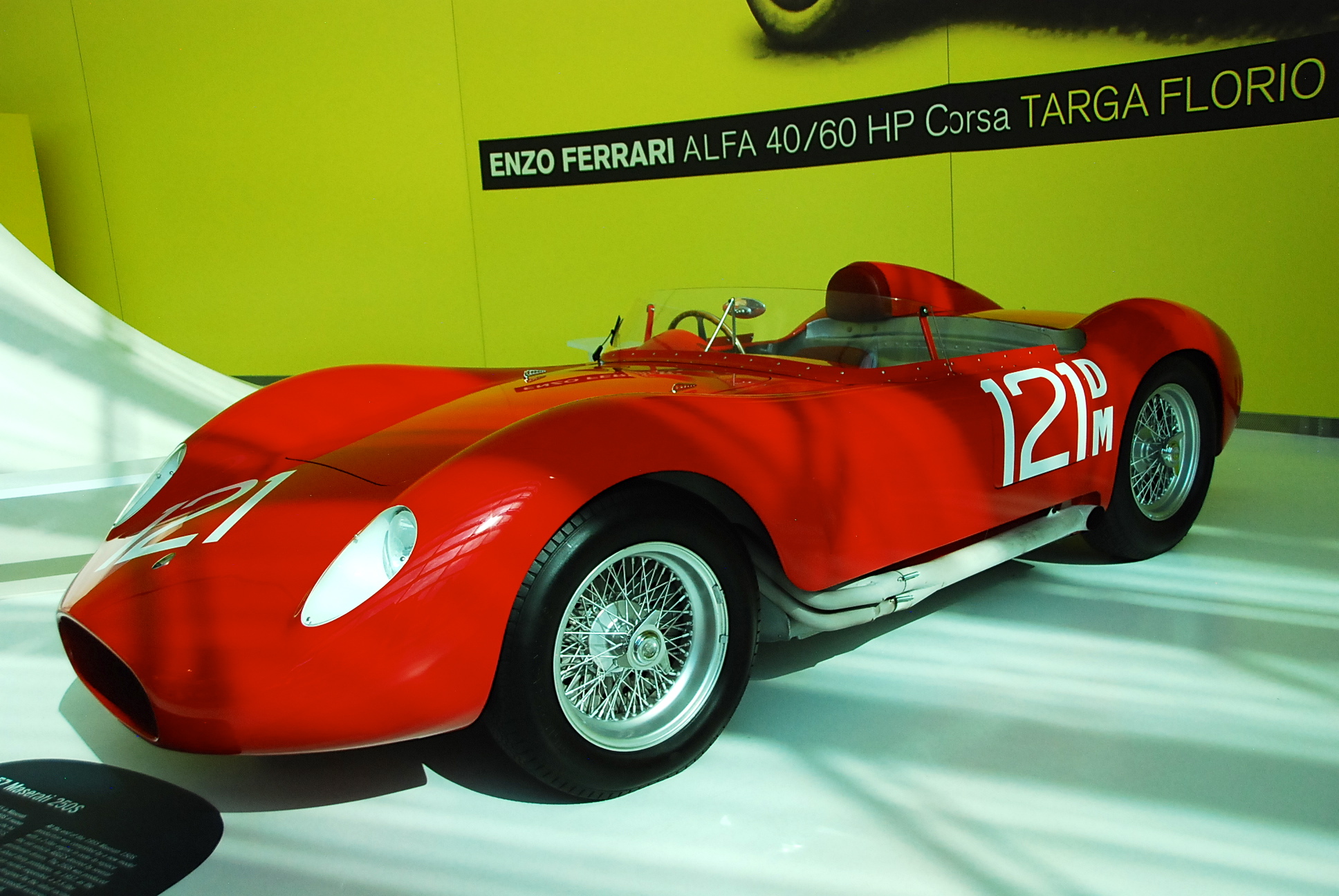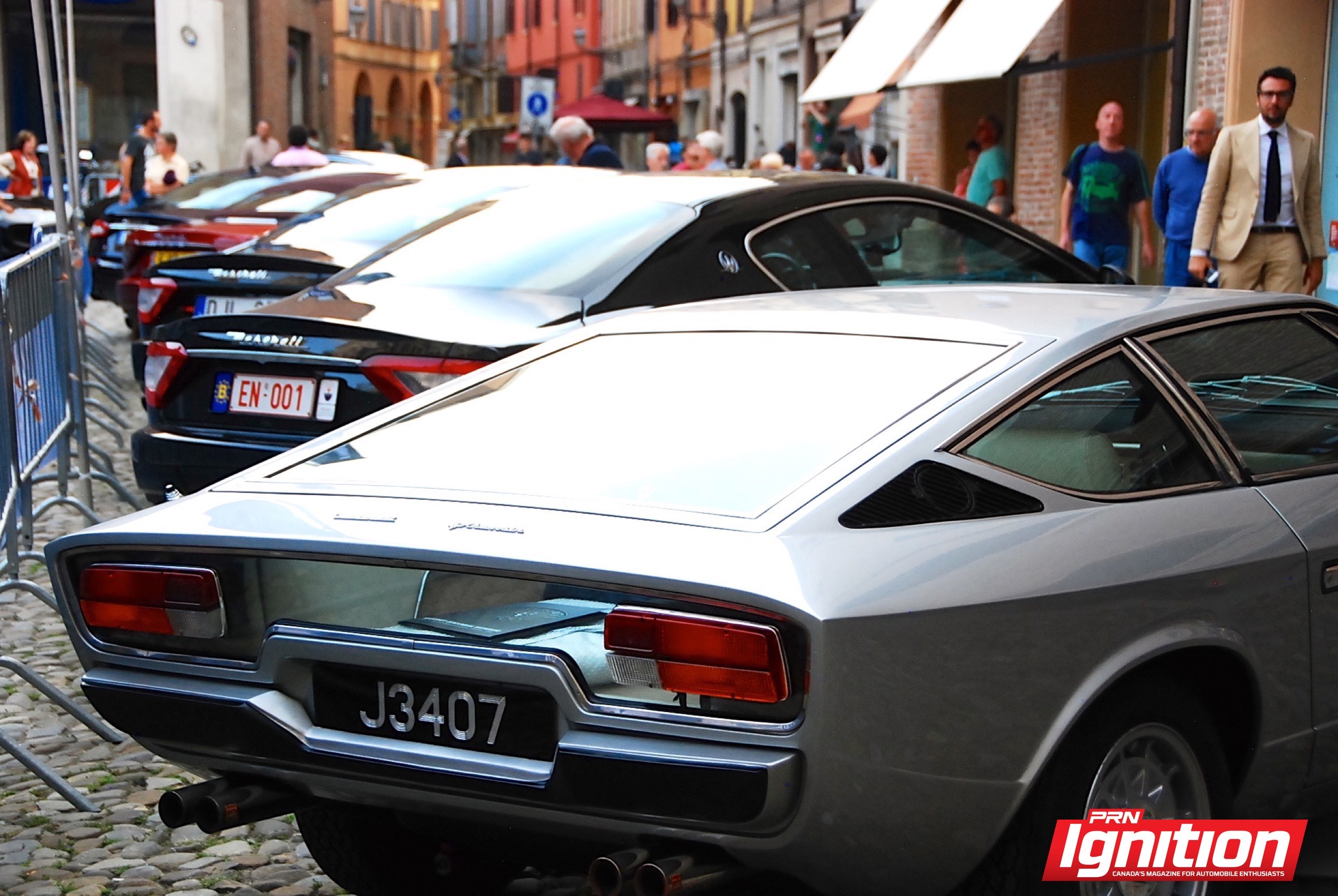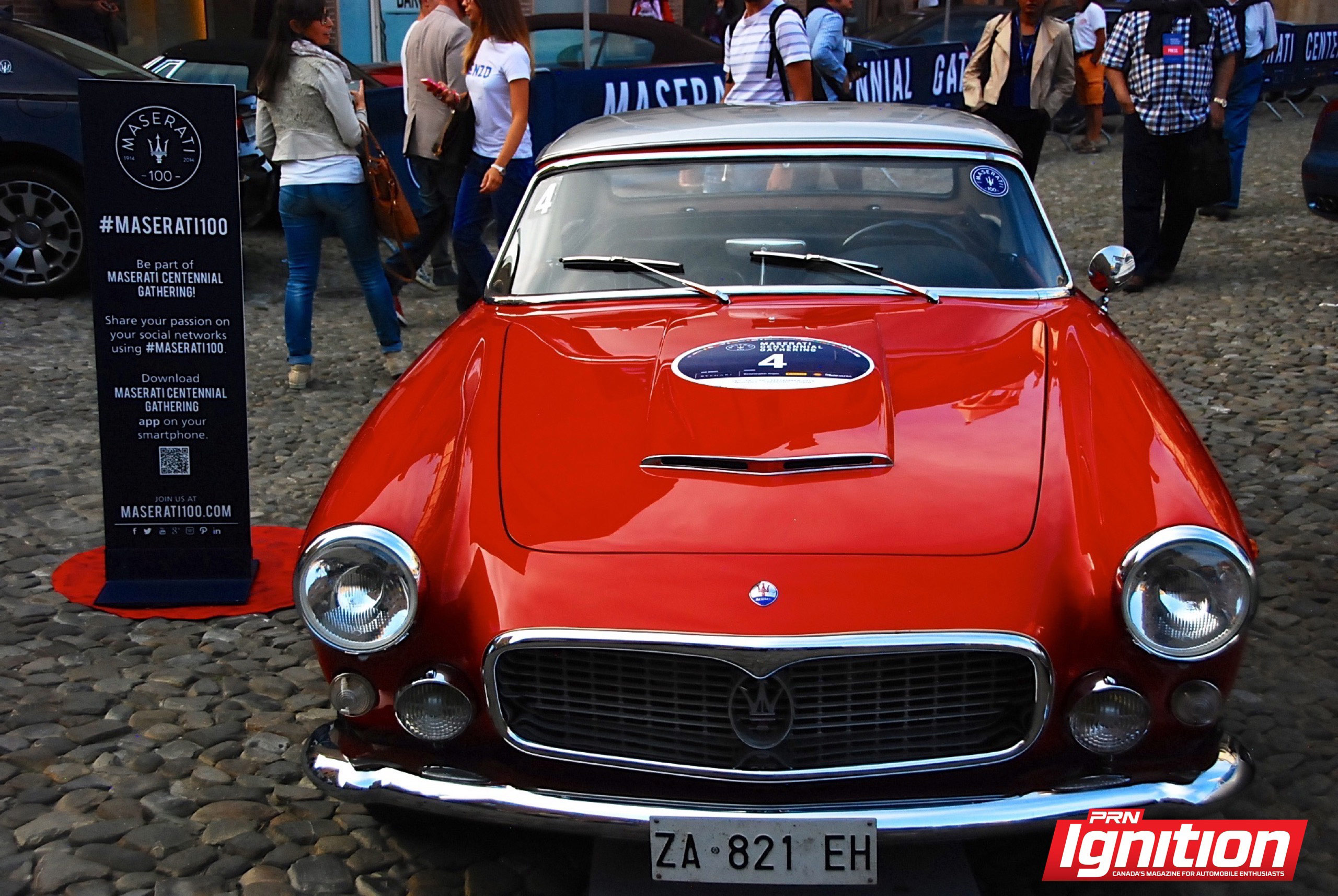
Horsepower alone is not enough to power a legendary brand. This is the message that was conveyed during a five-day celebration that stretched from Modena to Turin – a celebration in honour of the 100th anniversary of Maserati. You see, the Italian manufacturer has never seemed intent on overpowering the competition or remotely interested in doing so; the chance to gaze upon its many iconic models on home turf served to remind people of these facts.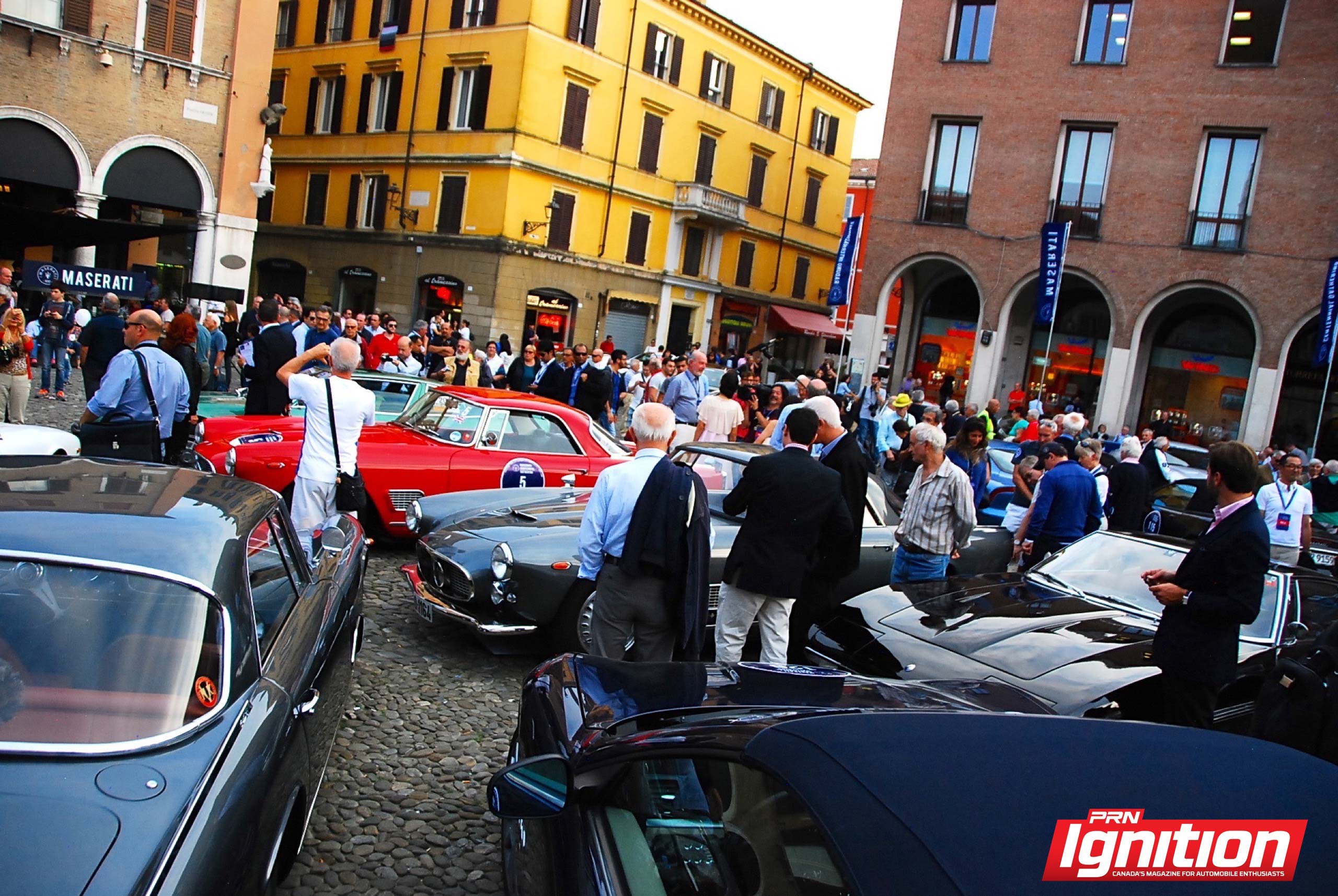 This is not to say that the Maserati brand does not warrant being revered – because it does – but rather, that it has earned its place in history through a combination of style, ingenuity and no small amount of Italian passion.
This is not to say that the Maserati brand does not warrant being revered – because it does – but rather, that it has earned its place in history through a combination of style, ingenuity and no small amount of Italian passion.
On December 1, 1914, three brothers, led by Alfieri Maserati, established the eponymous Societá Anonima Officine Alfieri Maserati on Via de’ Pepoli in central Bologna. Close to a century later, we visited the small garage, which now resembles a cool subterranean jazz club or basement studio apartment. The narrow entrance led down a small flight of stairs to a main room, a secondary room and an open-air courtyard.
The place had been festooned with Maserati paraphernalia, but it was easy to mentally strip away the posters and the plaques and imagine how humble these beginnings must have been. The three Maserati brothers, each a savvy mechanic and race driver in his own right, banded together to prepare manufacturer client cars (notably Isotta-Fraschini models) for racing duties.
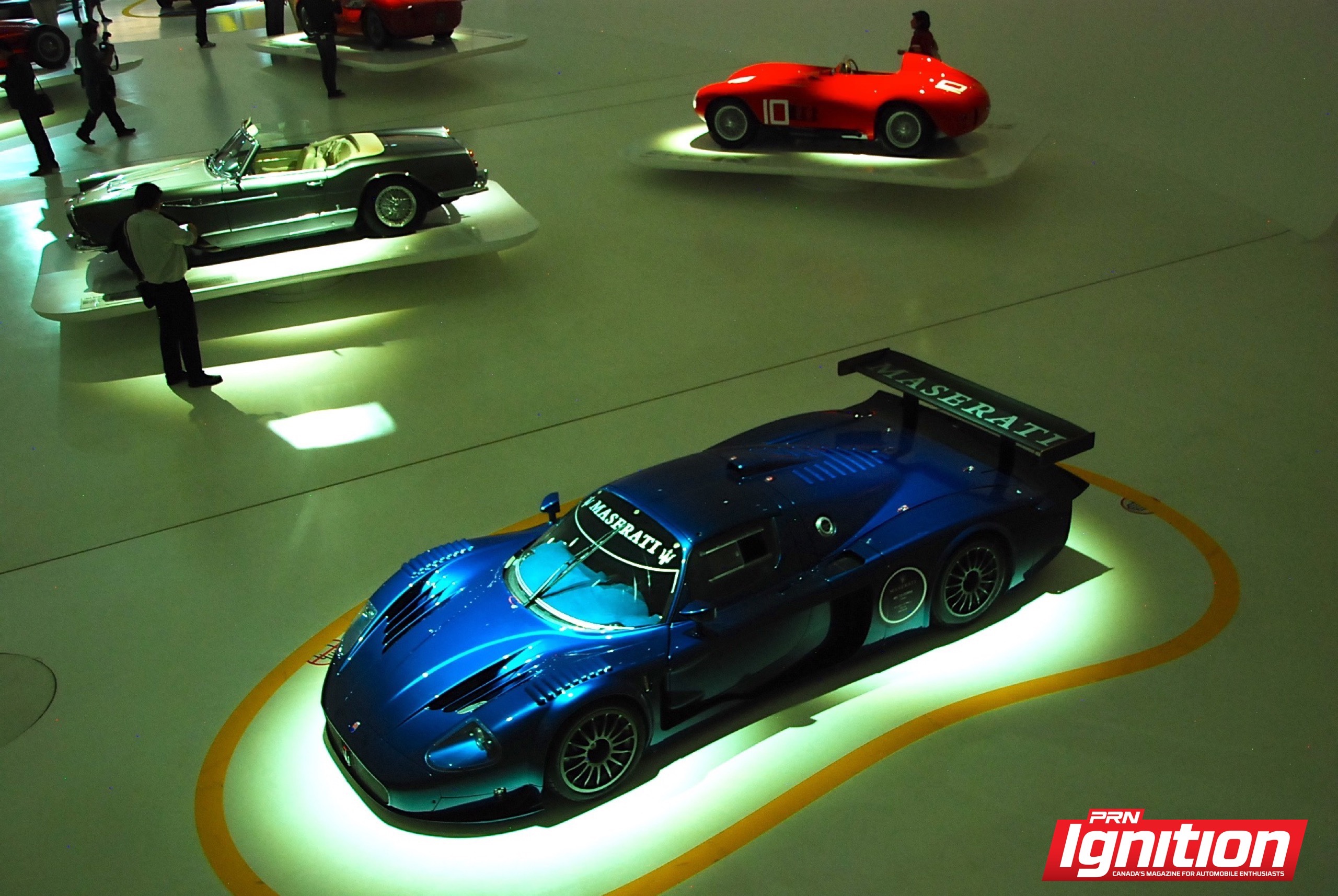
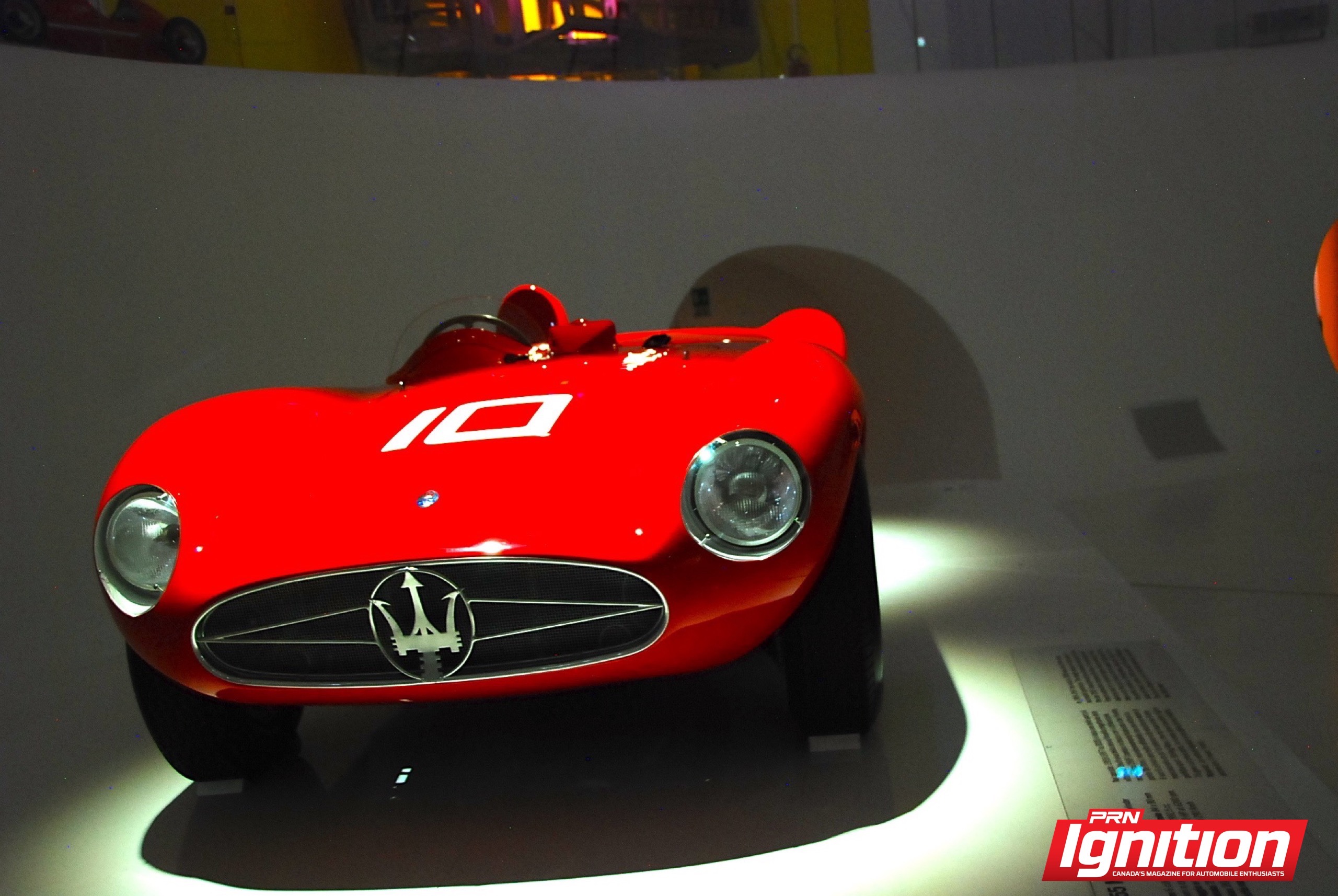
They would have been considered simple garagistas, apart from the fact their cars won races so often, frequently beating much better-funded manufacturer teams. And, their ideas on engine tuning and suspension design were decades ahead of their time.
The early days of success were interrupted by World War I. Alfieri and Ettore were called to serve in the Italian army, while Ernesto kept the fires burning at home. It was during this period that Alfieri, acknowledged to be the genius engineer among a family of genius engineers, invented a spark plug for Italian warplanes that wouldn’t easily foul.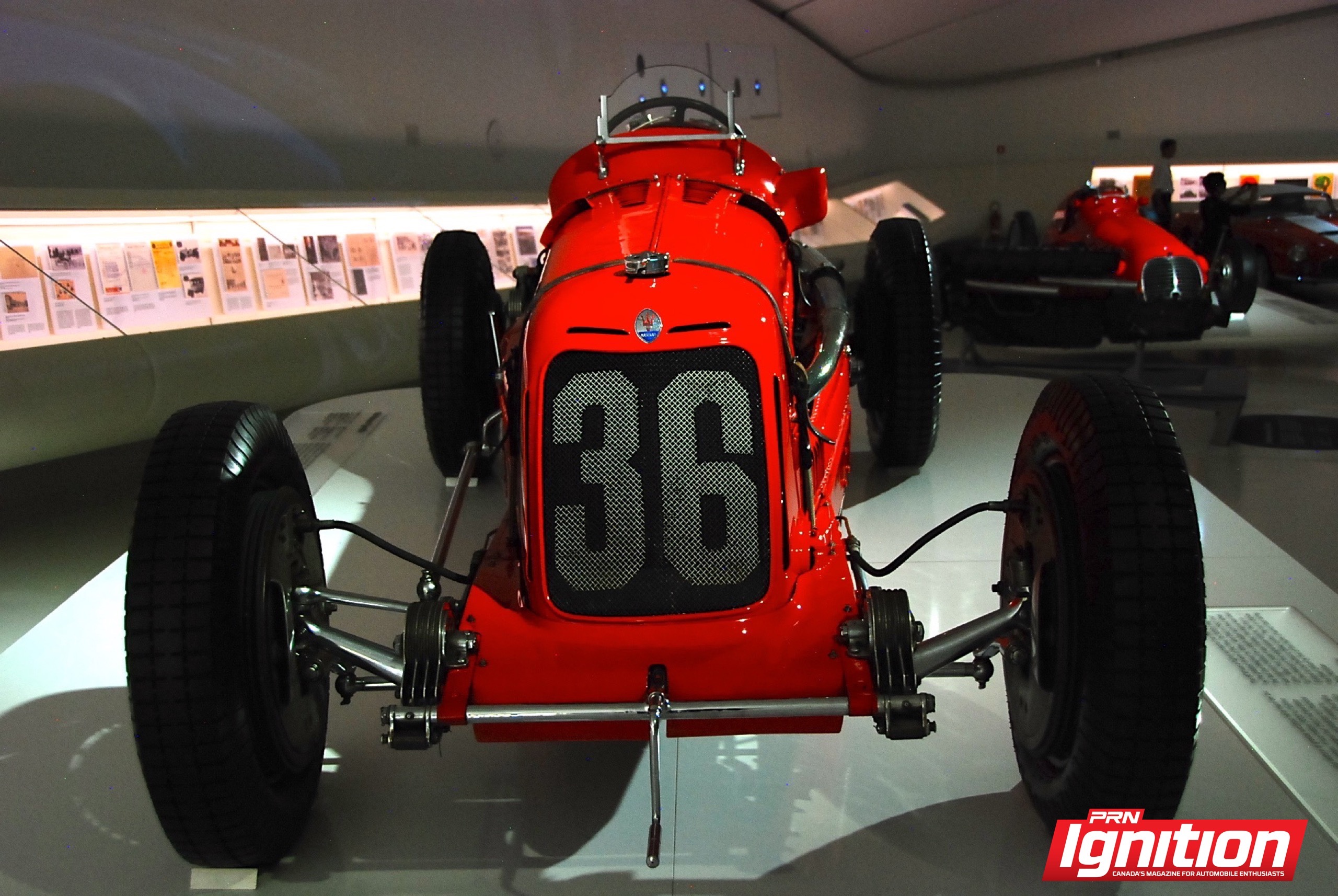
While other manufacturers of the day, such as Bugatti, sought to overwhelm the competition with ultra-powerful engines, Maserati set its own pace right from the start. The Tipo 26 had a 1.5-litre engine and weighed just over 600 kg, dimensions that are more closely associated with a modern city car than something suited for a grueling 540-kilometre race.
This relatively understated approach to vehicle engineering has been in keeping with the Maserati brand ever since. While rival manufacturers such as Ferrari and Lamborghini have produced ever more powerful cars as the years have passed, Maserati has maintained a less bombastic image.
The legendary Maserati 250F is generally thought of as being a monstrous race car, but the original version was powered by a 2.5-litre inline-six, and the subsequent V12 only displaced three litres. The original version developed 220 base horsepower, the revision hovered around 315 base horsepower.
At Maserati headquarters, they refer to the three prongs of the trident in the company logo as representing the best Grand Prix car of all time (the 250F), the best driver in history (Juan Manuel Fangio) and the best race, the 1957 German Grand Prix at the Nürburgring, which was won by Fangio in a 250F, securing his fifth and final World Drivers’ Championship. By this point in time, the Maserati had been surpassed in terms of technology, but it was also largely bulletproof – this quality, combined with the sheer immeasurable talent of the driver, won the day.
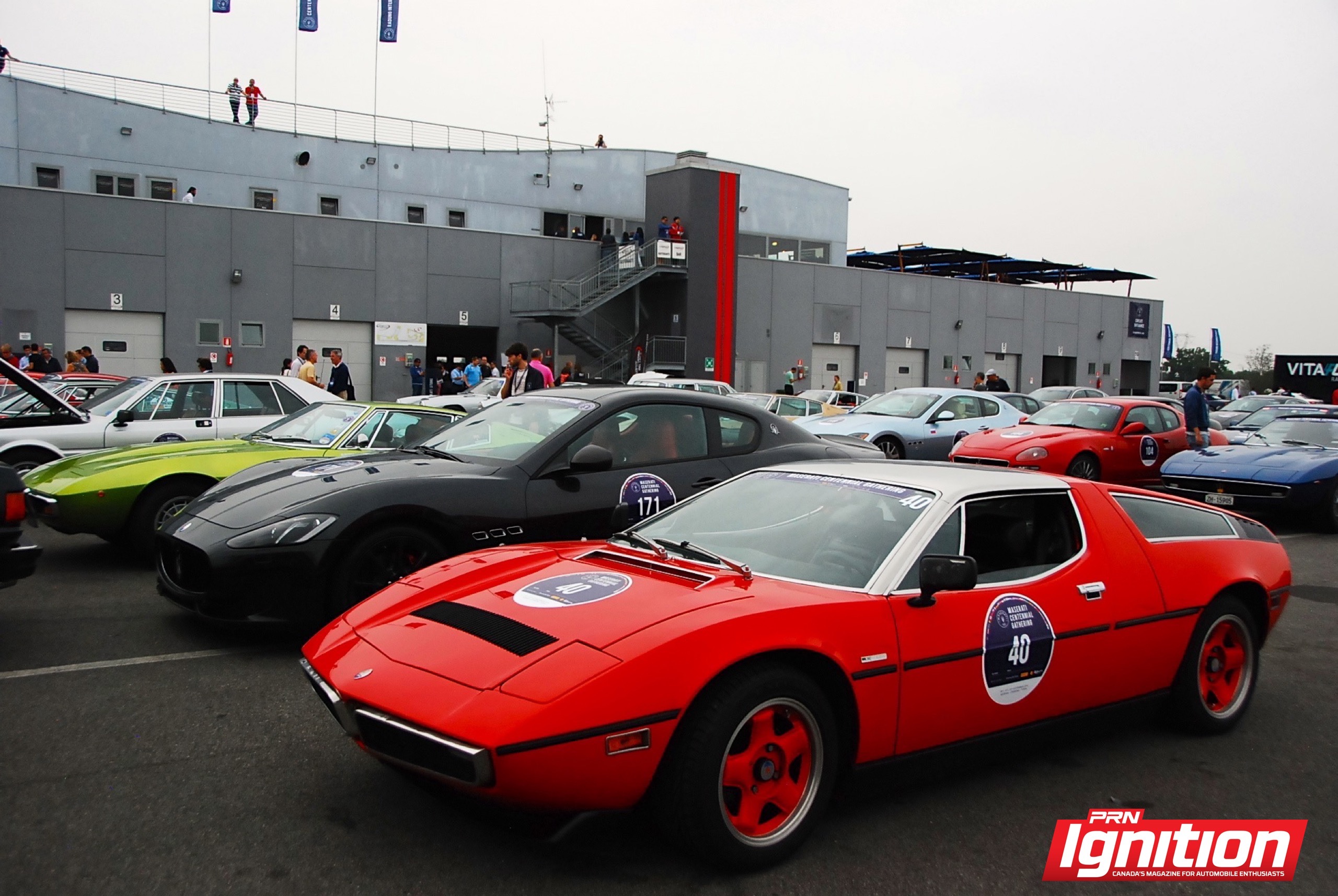
The centenary gathering gave aficionados of Maserati from around the world a fantastic look into stories just like this, stories that have combined to form an undeniably rich history.
The sons of two of the founders gave an exclusive interview where they presented previously-unreleased images of their fathers from the early days – bicycle racing, car racing, working in the garage. Guests had the chance to visit the staggeringly beautiful Casa Enzo Ferrari Museum in Modena, where an exhibit devoted to Maserati, “A Century of Pure Italian Sports Cars,” pushed corporate cousins Ferrari out of the limelight – for a few weeks, at least.
The cars in this exhibit served to remind everyone why it’s such a great thing that Maserati has survived for a century now. There were few cars on hand worth multiple millions of dollars, as would be found in almost any worthwhile classic Ferrari exhibit, but there was the definite sense that these cars had massive investment potential and genuine historical significance.
The Maserati of today is a stronger company than ever before. Taken over by the Fiat concern in 1993, Maserati was resurrected by none other than Luca di Montezemolo when the brand was under Ferrari’s auspices. Under direct control of Fiat again, the two illustrious brands still share components; Maserati cars are, in fact, the least expensive in the world to use Ferrari engines.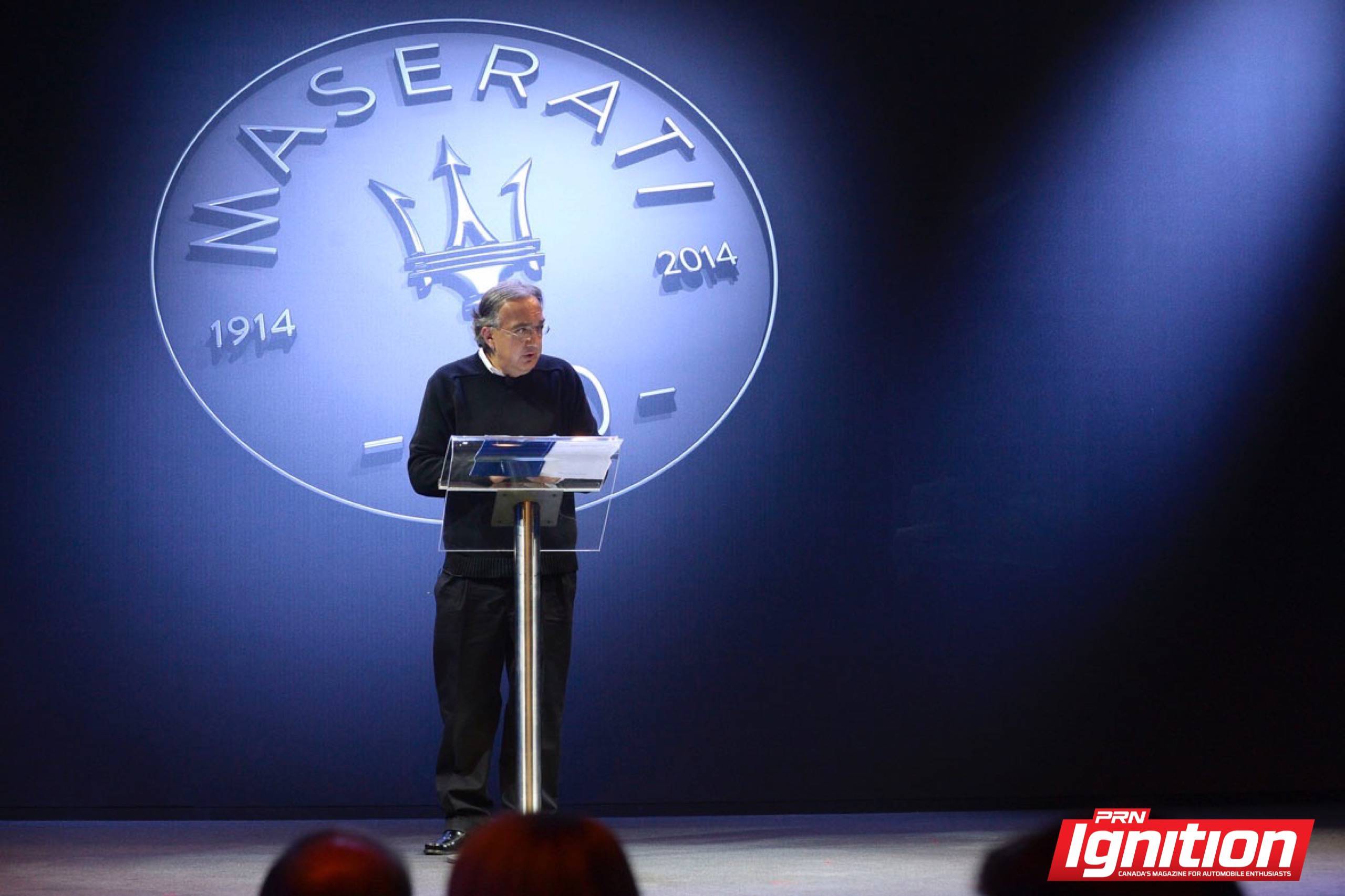 While the current fleet of Maserati vehicles may still lag behind Ferrari in terms of exclusivity, price and power, there’s still much to admire here. The 100th anniversary celebrations in Italy bore this out in full. So, too, did the sight of the forthcoming Maserati Alfieri, positioned outside a gala gathering at the Reggia di Venaria Reale, a former king’s residence not far from Turin.
While the current fleet of Maserati vehicles may still lag behind Ferrari in terms of exclusivity, price and power, there’s still much to admire here. The 100th anniversary celebrations in Italy bore this out in full. So, too, did the sight of the forthcoming Maserati Alfieri, positioned outside a gala gathering at the Reggia di Venaria Reale, a former king’s residence not far from Turin.
At this very same gathering, Fiat CEO Sergio Marchionne predicted annual sales for Maserati would soar past the 75,000 mark in 2018, some five-times more than the current figures. Life’s been good for Maserati so far. Let’s see if this new period keeps the streak alive.




















